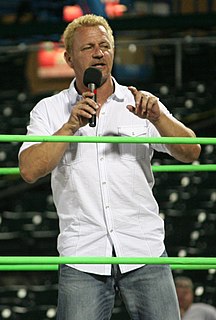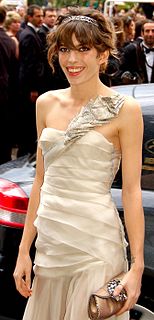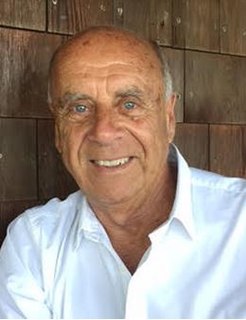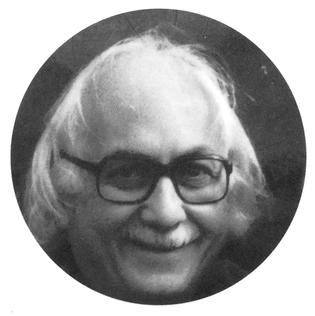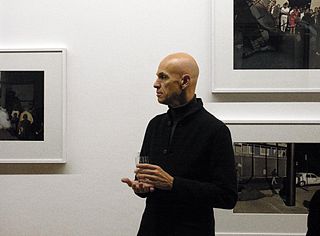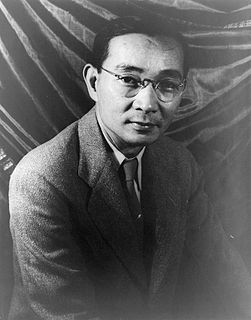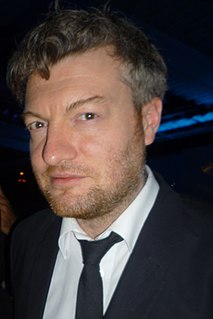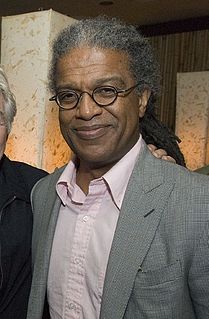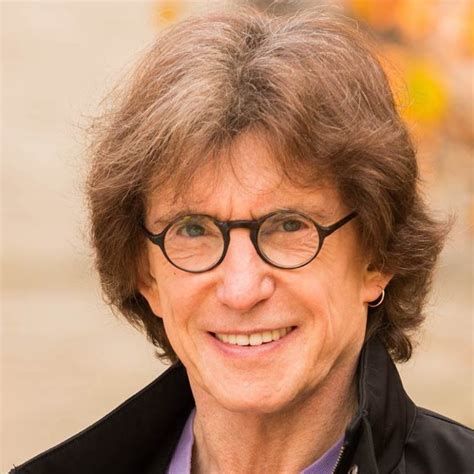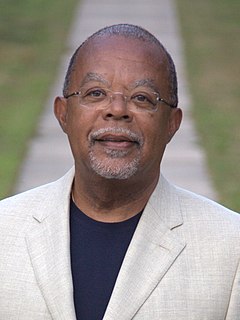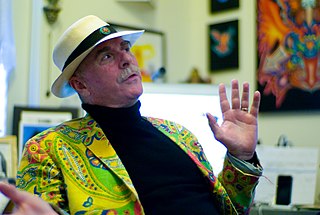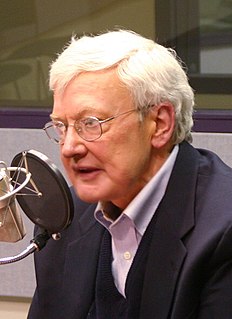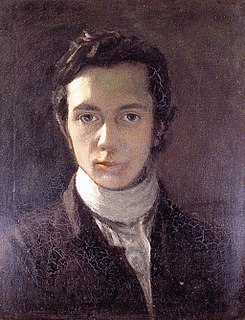A Quote by Peter Schjeldahl
The dominant problem of pictorial art since the nineteen-fifties is photography, and, by extension, film and video. The basilisk eye of the camera has withered the pride of handworked mediums. Painting survives on a case-by-case basis, its successes amounting to special exemptions from a verdict of history.
Related Quotes
I was shocked when I looked at art schools in France. There's only one left that does anatomy. Now they do video. They do editing. I would go to film school if I wanted to do video and editing. In art school, it's only new mediums. It's three-dimensional or computer. I found that shocking. No nudes.
As I listened to the verdicts in the Casey Anthony case, acquitting her of the homicide of her baby girl, I relived what I felt back when court clerk Deirdre Robertson read the verdicts in the Simpson case. But this case is different. The verdict is far more shocking. Why? Because Casey Anthony was no celebrity.
My background is in painting but in school in the sixties, like many artists of that time, I believed that painting was dead. I began to work in collaboration with other artists in the creation of performances and installation works. Soon after, I started making video and photographic works and in the process became fascinated with the media itself. Before long I was setting things up just for the camera. In l970 I got a dog and he turned out to be very interested in video and photography as well.
Has it led you to the conclusion that photography is an art ? Or it is simply a means of recording ? "I'm glad you asked that. I've been wanting to say this for years. Is cooking an art ? Is talking an art ? Is even painting an art ? It is artfulness that makes art, not the medium itself. Of course photography is an art - when it is in the hands of artists."
Photography has arrived at the point where it is capable of liberating painting from all literature, from the anecdote, and even from the subject. In any case, a certain aspect of the subject now belongs to the domain of photography. So shouldn't painters profit from their newly acquired liberty, and make use of it to do other things?



